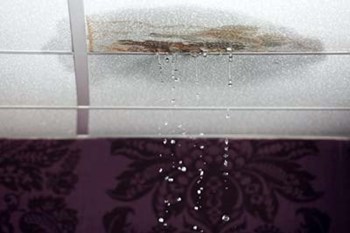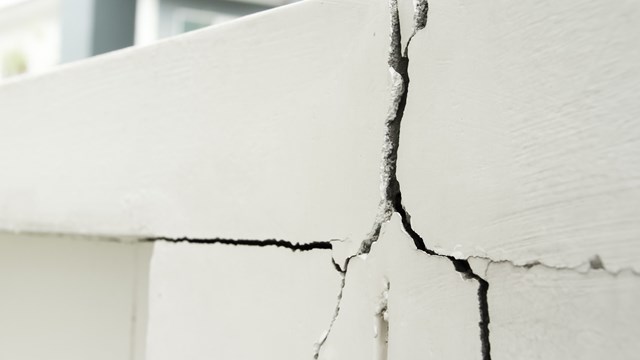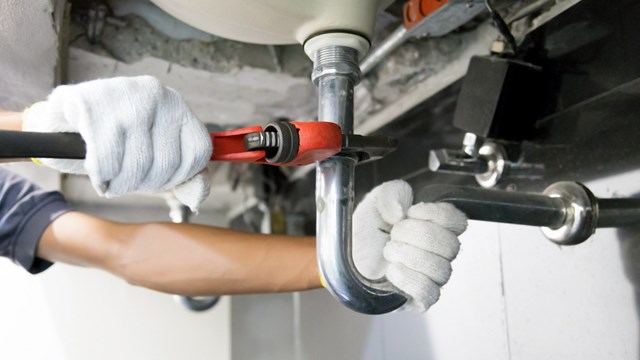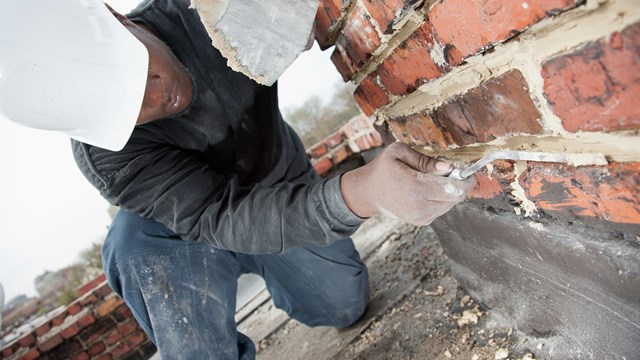
It's no secret that HOA board members are often forced to balance the interests of individual residents against those of the community as a whole—and that can make prioritizing projects and community budgets a tricky task indeed. The recent economic downturn has not done any favors for communities either, especially those already struggling to prioritize annual budgets.
Maintenance issues comprise an important part of an association’s annual fiscal budget. Although maintenance responsibilities can vary between associations, homeowners are generally responsible for the most of the maintenance of the property—excluding common areas such as sidewalks—and condo owners are usually responsible for everything on the interior of the building.
For example, if a resident has a stopped-up toilet, it would be the resident’s responsibility. But if the drain issue is inside a wall or common area, that is the association’s responsibility, says Judi Allen of KW Property Management & Consulting in Tampa. “The unit owner should know what their responsibility is versus what the association’s responsibility is.”
“Homeowner’s associations are usually single family homes where they pay fees for use and upkeep of common areas,” Allen continues. “Condos can be garden-style or high-rise, and their documents are different than [single-family] homeowners associations. Condos are much stricter.”
Board, or Owner?
According to Allen, the homeowner’s board or association is charged with formulating and enforcing bylaws, or rules, among residents. “Each [association] has documents that guide their association, such as bylaws,” she says. “When you buy into it, you sign that you will abide by those documents and associations are charged with enforcing those documents. Each one is slightly different but many have commonalities.”
Different homeowner’s boards and associations have varying ways of enforcing violations, says Allen.
“Associations are charged with maintaining the rules, which are comprised of the association's declaration, articles of incorporation, bylaws and state statutes,” she continues. “There are steps [to enforcing these rules]: it can begin with a verbal or written violation notice, some put in a fining process, and some even go to an attorney and initiate legal processes.”
The pros say that the course of action depends on the severity and duration of a violation. To pay for the common maintenance problems that arise, associations allocate a certain amount of their annual budget towards planning for these problems. A majority of the annual budget is provided for by monthly residential fees.
“Depending on what the bylaws say, the expenses can be proportionate to each unit, but can also be adjusted based on unit size,” Allen says. “But generally, associations are responsible for water, waste removal, building insurance, landscaping and pool maintenance.”
Useful Life
Associations usually try and judge maintenance costs by evaluating the useful life of their property's various components, such as roofing or siding.
“You know [if an association] is going to paint in 7 years because that’s the life of the paint, they fund 1/7 of it per year so it’s paid for by the time it needs to be paid,” says Maureen Reardon of Progressive Management Inc. in Palm Harbor. “You look at prices every year so that you can keep track of price changes, and have adequate funds available when that work needs to be done.”
Reardon says that the time line of budget maintenance projects is usually decided by the HOA board. Exterior property maintenance can also fall within a board’s discretion. “Concrete sidewalks can have a life of 40 or 50 years but doesn’t mean there doesn’t need to be repairs done periodically to ensure residents' safety,” she says.
Residents can have a say in how much is allocated towards a certain project in the budget. Other communication means are also available between residents and their homeowner’s boards, which allow residents to have as much participation as they want with regards to their residential governance.
“It’s up to the resident,” Reardon says. “They can contact the board through their management company or directly, as some boards have websites for requests. Board members can communicate with residents via email or at monthly meetings—there’s all sorts of communication opportunities.”
Allen says that state statutes require that boards hold a certain number of meetings per year, and also dictate how much notice must be given to residents about those meetings.
“Statutes require that all board meetings be open to owners—boards must post information about the meeting 48 hours in advance and must explain what will be discussed,” she says. “For budgets, people have to have 14 days notice of a budget meeting and get a copy of it. Although the board has the final vote, the residents are allowed participation in an open discussion.”
Safety–and Thinking Ahead
Safety issues remain a priority near the top of homeowner’s board budget lists.
“Always take safety issues into consideration,” Allen says. “It could be sidewalks that are uneven and broken, or whether there is something wrong with pool drainage—those are things that are prioritized first.
After safety issues, utilities and other miscellaneous costs are the next expenses to be considered for the budget. “Utilities come next, which includes electric, water and trash pickup—you can reduce these things but you can’t get away with cutting them.”
Reardon says plumbing problems are a commonly-looked over problem in associations. “Plumbing problems can be an issue because you can’t see it, it’s between the walls or underground,” she says. “In condos, water is the biggest issue—if there’s a leak that’s not reported, that can cause mold and other issues inside.”
Another large problem confronting many Floridians is the annual recurrence of hurricanes. Although Allen says her area has been lucky this year as there have been very little weather disturbances, these strong storms pose maintenance problems. “In the past the hurricanes have been severe, and we’ve struggled,” she says.
Sinkholes are also a common maintenance problem for associations in Florida. Changes in insurance policies relating to sinkholes have caused confusion for associations as to what’s covered under a policy and what isn’t.
“Insurance is changing what they cover—associations have to be careful what insurance they buy if they are in a sinkhole area,” Allen says. “Some require that you have an actual hole to get covered, rather than just damage. Associations have to be more aware of what they’re buying and what they’re covering.”
Tough All Over
Like many other things, the economy has taken its toll on homeowner’s association budgets. “Neighborhoods with high rates of foreclosure mean that residents in these situations don’t pay maintenance fees,” Allen says. “You have to decide what money is collectible and whether you’ll see that money again. You have to balance all of that into the following year’s budget, so it hurts the other people paying.”
Before the economic downturn, Allen says many developers “jumped on the bandwagon” in building new communities. However, as the housing market tanked, many struggled to make ends meet—some developers were even forced to declare bankruptcy before their projects were complete.
“The market has fallen apart and associations are half finished, or where developer couldn’t finish out the units,” Allen says. “And there’s a gray line legally what the developer’s responsibility is after this point—we’ve seen that a lot in the last 3 years.”
Resources exist to property managers and homeowner’s board members struggling with problems relating to the economic recession. The Community Associations Institute (CAI), a national organization with over 60 chapters, offers resources and legal advocacy for managers and boards. CAI has also been involved in advocacy work relating to issues with the Federal Housing Administration.
Budget tightening can also reduce the amount of amenities included in an area. Often times even repairs must be prioritized in tough times. As a result of the economic downturn, it’s been common for associations to turn to collection agencies to help keep track of residential fees.
“The economy is what has taken everybody back,” Allen says. “It’s difficult to make the right decisions for everyone in an association and how to collect money from people. Collections has moved to the top of the priority list for associations.”
Regardless of where a residential community is located—whether it be in Florida or in New York—this era has been difficult for communities alike.
“It also can reduce the amenities offered to residents—for example, a neighborhood may not have the grass cut in the summer every week,” Allen says. “The board also has to make decisions of whether to repair things now or hold off. If they don’t have the money, they have to make these tough choices.”
Rosie Powers is a freelance writer and a frequent contributor to The South Florida Cooperator.






Leave a Comment